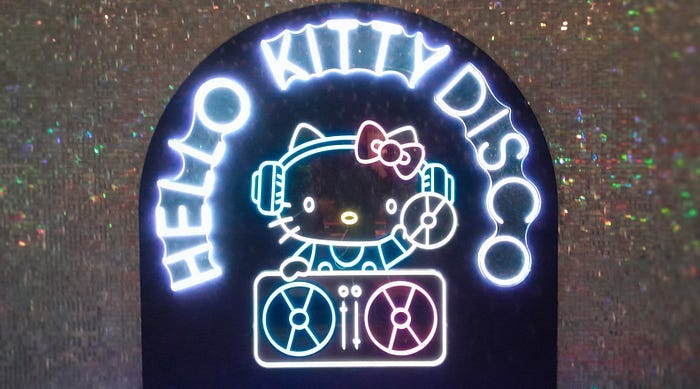Japanese Kawaii Culture: Small and Adorable Things Reflect Your Heart
Exploring the origins of a soft power built by Japanese artists that now influences the world…
The Japanese word ‘kawaii (可愛い)’ is now commonly used in other countries. The word even appears in the Oxford English dictionary. But what exactly is kawaii? Although it literally means ‘lovable’ or ‘adorable’ and is often translated as ‘cute’, it is more nuanced than any simple translation can convey. Here, we will explore the origins and development of this modern trend so to better understand its rich diversity.
First, let me introduce this famous sentence, written by an author and court lady, Sei Shōnagon (清少納言, 966–1025), in The Pillow Book (枕草子) over a thousand years ago. This definition of kawaii remains valid today.
なにもなにも、ちひさきものはみなうつくし。
Everything and anything small is adorable.
Especially for the last two decades, the appeal of kawaii has been increasing outside Japan and, no doubt, social media has played a part in this global popularity. Perhaps the best way to understand the many subtle nuances of the word is to explore a selection of relevant artworks, including some items from the Cute exhibition held at Somerset House in London in 2024, where about 80% of the exhibits were related to Japanese culture.
So, shall we embark on this fascinating journey?
Champions of kawaii, cats are a great source of inspiration
If we talk about kawaii, we have to talk about cats first because they are the undisputed champions of the kawaii world. (I am so sorry, dog people!) There have been domestic cats in Japan, since before the second-century BCE, with the first written record found in the diary of Emperor Uda (867–931) which refers to a black cat brought from China in the year 884. They have since become an integral part of our lives as mouse catchers and pets.
They are well-loved and have exerted an almost magical influence across the ages, providing endless inspiration for Japanese artists and writers. I will return to this topic in another article but, for those interested in learning more, I recommend reading ‘Land of the Rising Cat: Japan’s Feline Fascination’ by Manami Okazaki. To this day, cats appear in countless Japanese works of art and stories, including novels of best-selling author Haruki Murakami (村上春樹, 1949-) and several anime feature films from the likes of Studio Ghibli.




